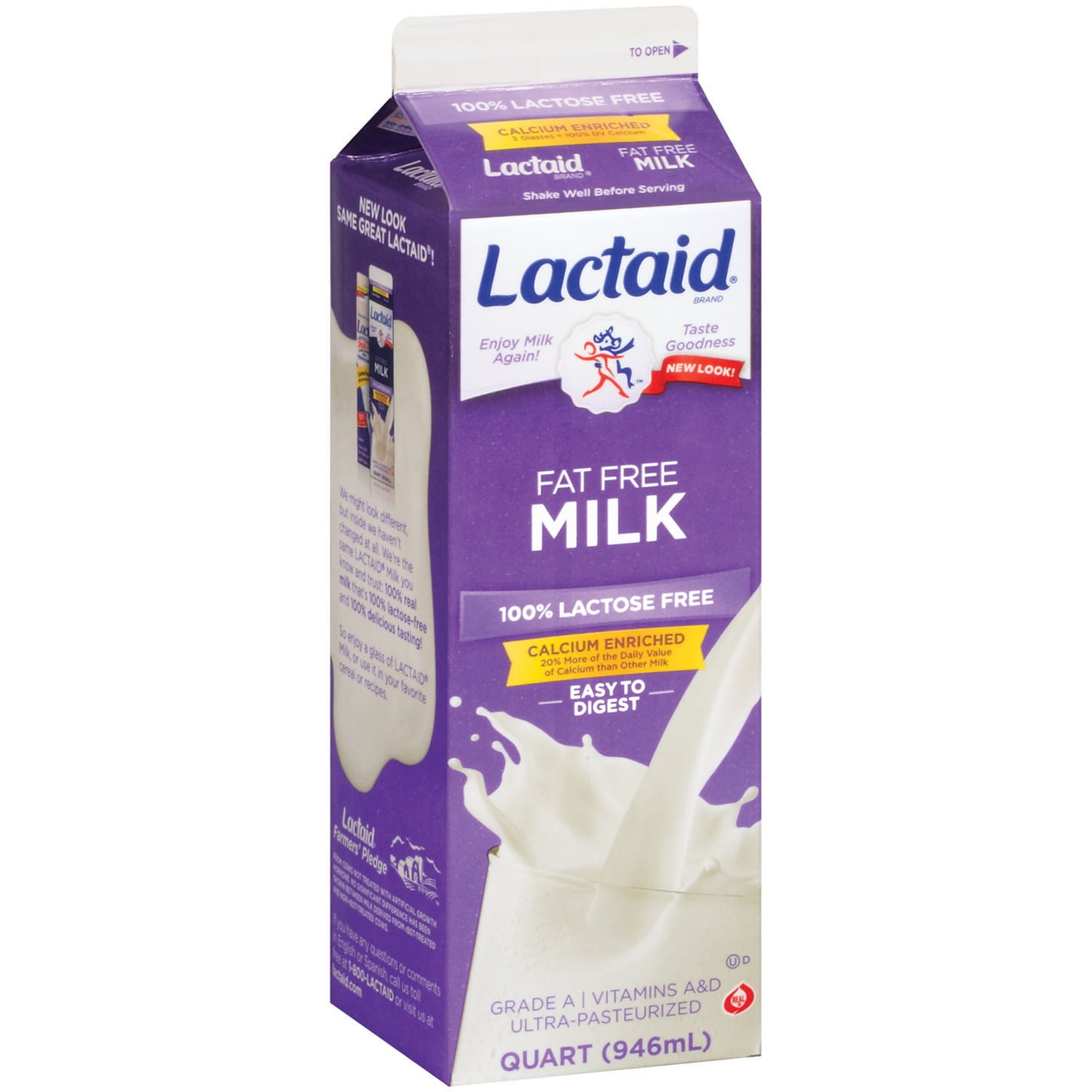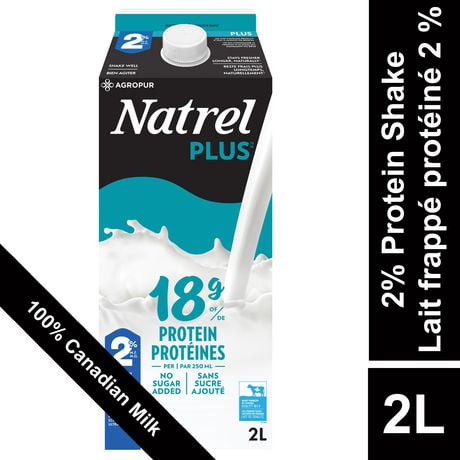

Our oldest daughter shares the cards with her entire lunch table and both girls routinely give us a hard time if we ever forget to add one to their lunch box before sending them off to school! We started sending these cards in our girls’ lunches last year, and they honestly adore them. Just in time for back-to-school, they are offering 16 new volumes of cards – including all new facts, jokes, trivia, and positive messages – that you can put in your child’s lunchbox each day. whole) and what kind our family chooses to drink on a regular basis (hint: it is not any of the choices listed in the chart above.) What kind of milk do you buy (and why)? Sponsor Shoutout: Lunchbox Loveīefore I let you go, I have to make sure you know about our sponsor Lunchbox Love.

I didn’t even look to see if that version was also UHT and just went with it because I was so pleased to be able to find what I was “used to” at home.Ĭheck out my Milk 101 post to learn all about the different types of milk that are available here in the US (including low-fat vs. I looked at the labels and saw that they were UHT (something I am familiar with, but do try to avoid at home) so I kept looking and somehow managed to find one lonely brand that offered a few cold bottles of milk in the cheese aisle. I just could not buy into the idea of the warm, boxed milk that lined the shelves. I was one of those “crazy Americans” searching high and low for refrigerated milk when we were food shopping in France. I am the first to admit I am guilty as charged. The reason – we apparently still value the idea of fresh milk, although ironically enough if you are buying your milk from a big box organic dairy company it is likely not much “fresher” than the luke-warm milk sitting on the shelves in Europe (again the only difference is the packaging). What is your take on UHT milk (please share in the comments)? So why isn’t shelf stable milk sold here like it is in Europe?Ī large Italian food company called Parmalat actually tried to take the US dairy industry by storm with their little boxes of shelf-stable UHT milk in the early 90’s, but Americans were just not fond of the idea. I do have to say though that if organic UHT milk was the only organic option in my area – that is definitely what I would choose over conventional. I have to agree that I am a little leery of UHT even here in the state of North Carolina where raw milk is not legal for human consumption. One article even calls UHT milk “dead milk” – wow, that’s pretty harsh. Yes, it may be more convenient, but from a health standpoint while the higher temperature kills even more potentially bad bacteria – the good bacteria, unfortunately, goes with it. Now here in the US, I haven’t exactly heard people singing the praises for UHT. Also, in Europe, many people don’t have the mega-sized refrigerators that are so common here in the US so having one less thing to refrigerate is pretty convenient.Īpparently Europeans are fine with the idea of warm, shelf-stable milk, and since it is a rather practical choice that is the majority of what consumers purchase there.

Just think of the cost savings if refrigeration is not required after production, during delivery, or once it arrives to the store – not to mention the extended shelf life. Producers and retailers – and even some consumers – think UHT milk is the greatest thing since sliced bread. So which type of pasteurization is the better choice? Well, it depends on who you ask and what your criteria is… Compare this to other milk here in the US, which is typically High Temperature Short Time Pasteurized (minus the “ultra” and shortened to HTST) indicating it has been heated to 165☏ for 15 seconds. UHT stands for Ultra High-Temperature Pasteurization (also referred to as Ultra Pasteurization or UP) and means that milk is heated to about 280 degrees F for 2 seconds, which kills more bacteria (both good and bad) than traditional pasteurization therefore giving the milk a much longer shelf life before it spoils. UHT milk can last for several months in this type of packaging without spoiling…at least until you open it at which point the shelf life does shorten and it does need to be stored in the fridge. Just like the pictured Organic Valley “Single Serve” milk boxes, almost all European milk is UHT and put into what is called aseptic (i.e. Why is it that these small individual sized organic milk containers in the US aren’t sold cold? If you haven’t already noticed almost all the commercialized organic milk options here in the US are Ultra High-Temperature Pasteurized (UHT) – which is actually the same process widely used in Europe – but that still doesn’t answer why some versions are refrigerated and some aren’t.


 0 kommentar(er)
0 kommentar(er)
